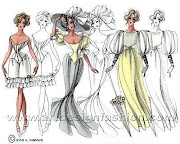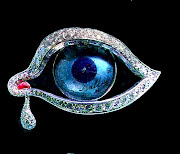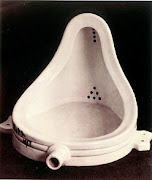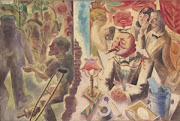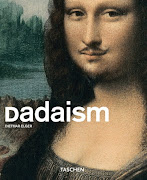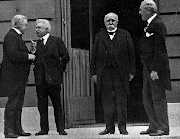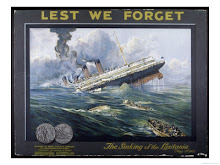After having discussed the information in the arena of World War II, including its' causes, steps to war, effects, and connection to our world today, I came across a book written by Michael Bess, Vanderbilt University's Chancellor's Professor in History and Specialist in twentieth century Europe. In his work Choices Under Fire: Moral Dimensions of World War II, Bess evaluates the Second World War and deeply describes the celebration, doubt, and complexity that surround it.
His book opens with these lines...
And looked back from the first field path,
I said, 'Let the grass grow over our footprints,
Let the harsh prophets fall silent in the fire,
Let the dead explain to the dead what happened.
we are fated to beget a new and violent tribe
Free from the evil and the happiness that drowsed there.
Let us go'- and the earth was opened for us by a sword of flames."
- Czeslaw Miloz, Goszyce, Poland (1944)
 As I read the introduction and conclusion of Bess' Book, I realized that if our country comtinues in the direction it is going during our current president's term, this generation just might live to see another World War, heaven forbid. Bess outlines his book by connecting World War II to today as he dives into our country and its' current state. The sections in his conclusion entitled "We Cannot Afford Another War Like this" and "Heroism Is Still Needed" give an overview of how if our country does not produce a strong leader with intentions of abiding by our Nations' Constitution, the United States as we know it may be altered, eventully leading to destruction. Our country cannot afford that, Bess is right, and there is still a need for a hero in a position of authority.
As I read the introduction and conclusion of Bess' Book, I realized that if our country comtinues in the direction it is going during our current president's term, this generation just might live to see another World War, heaven forbid. Bess outlines his book by connecting World War II to today as he dives into our country and its' current state. The sections in his conclusion entitled "We Cannot Afford Another War Like this" and "Heroism Is Still Needed" give an overview of how if our country does not produce a strong leader with intentions of abiding by our Nations' Constitution, the United States as we know it may be altered, eventully leading to destruction. Our country cannot afford that, Bess is right, and there is still a need for a hero in a position of authority.


















